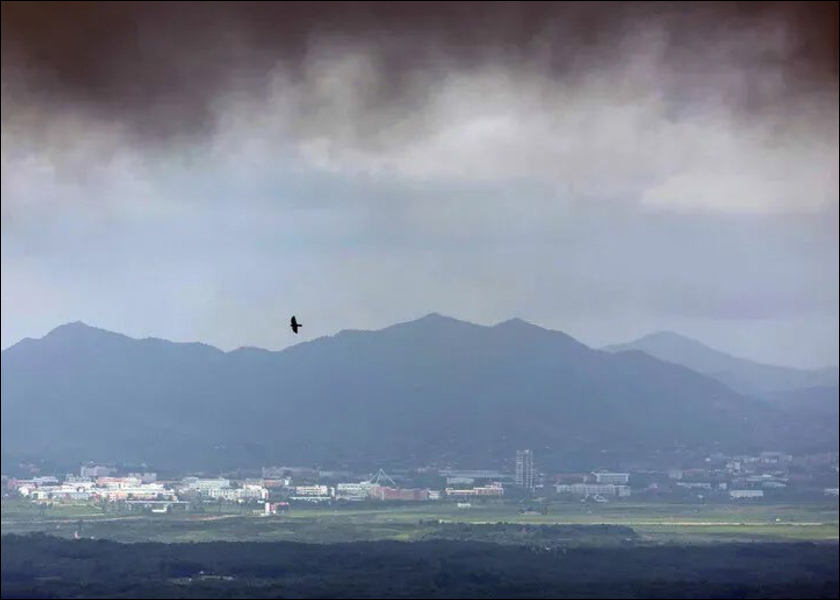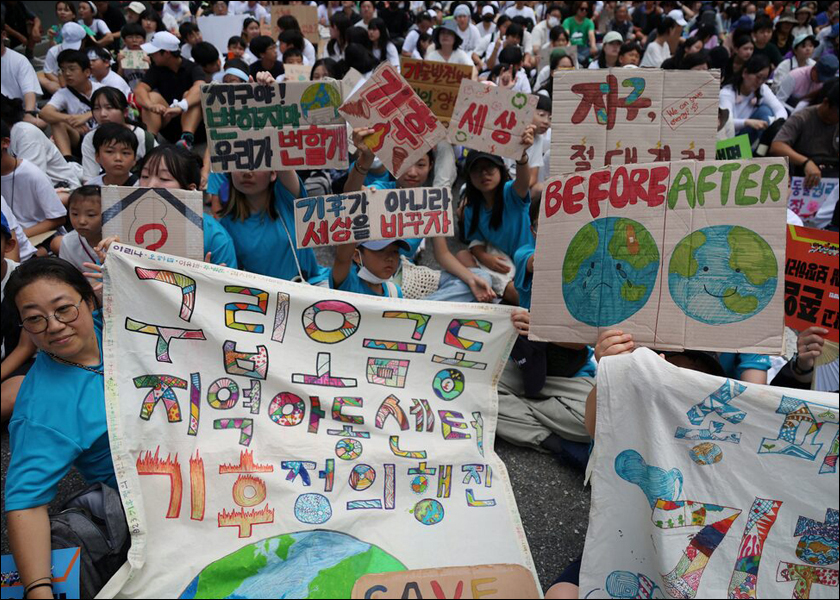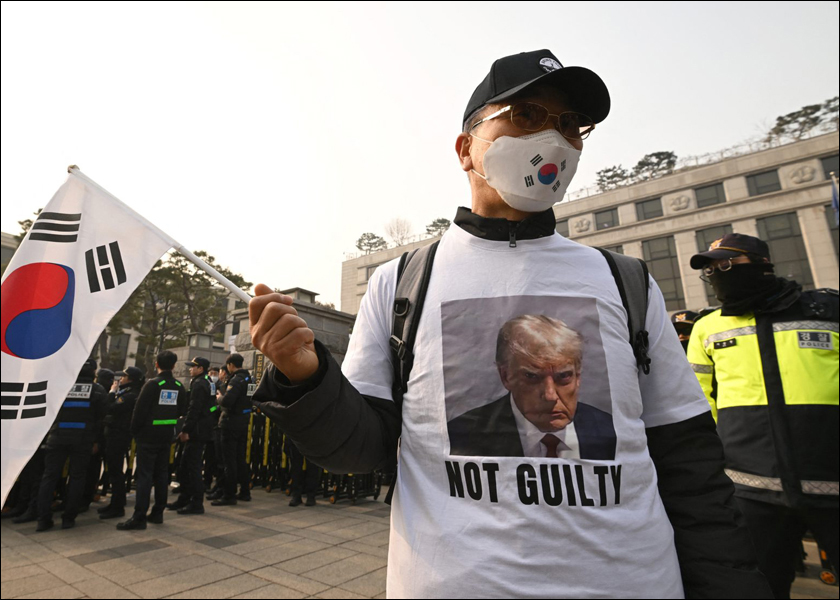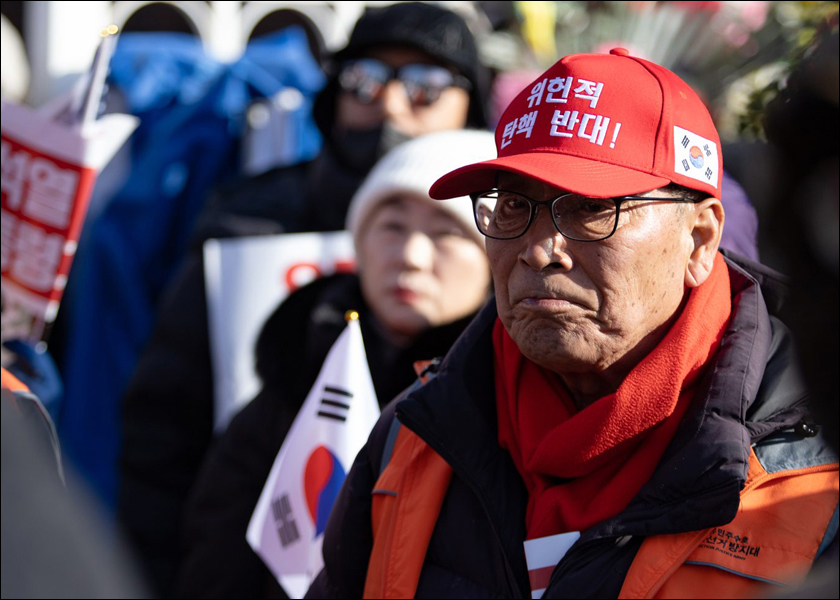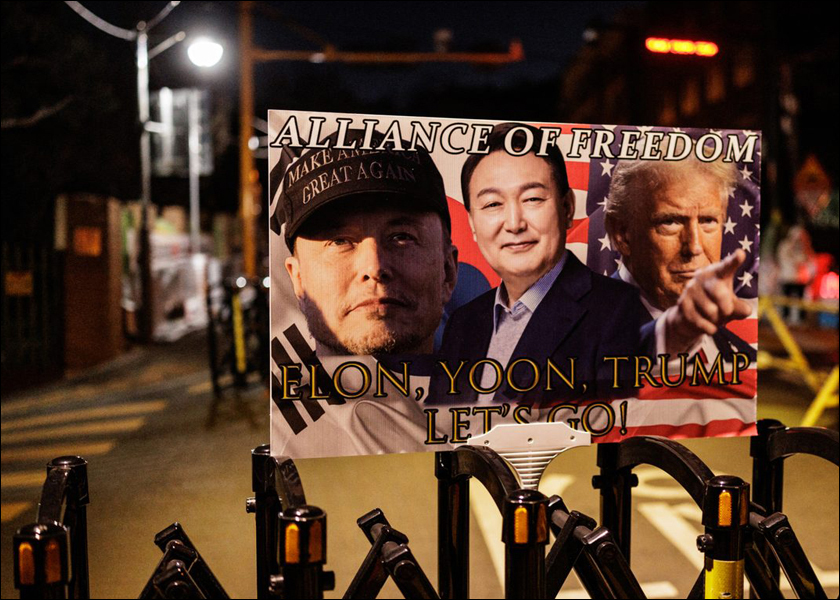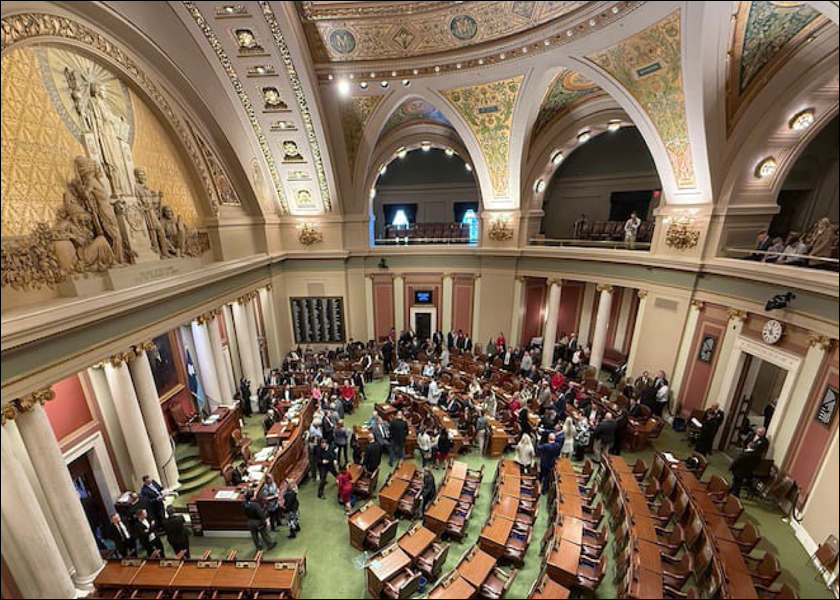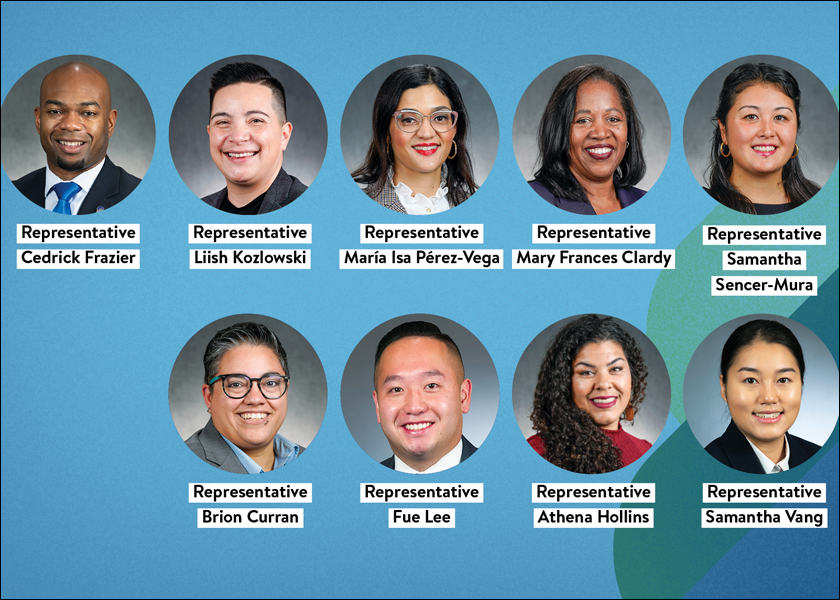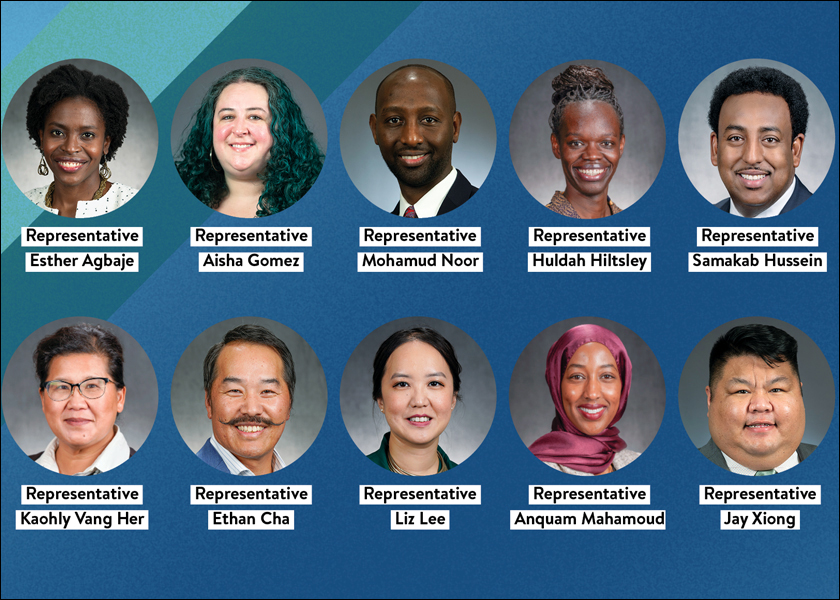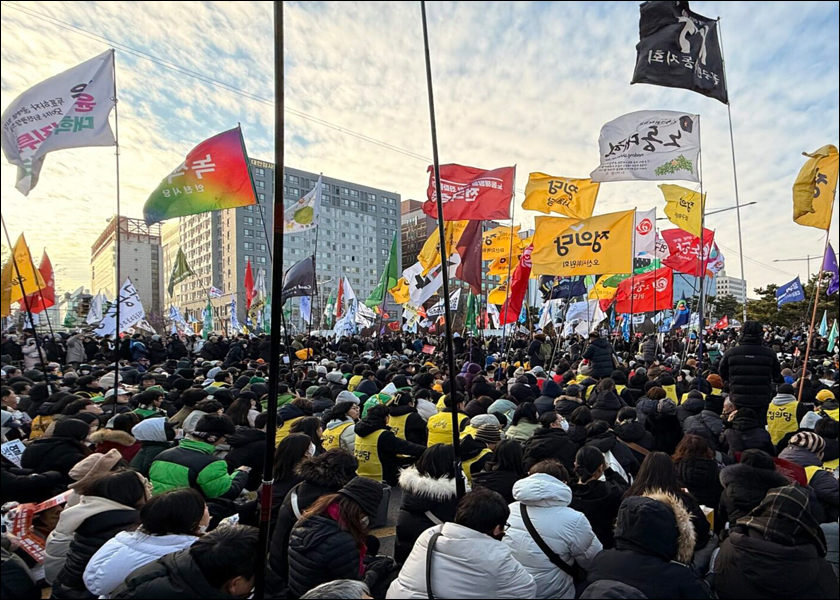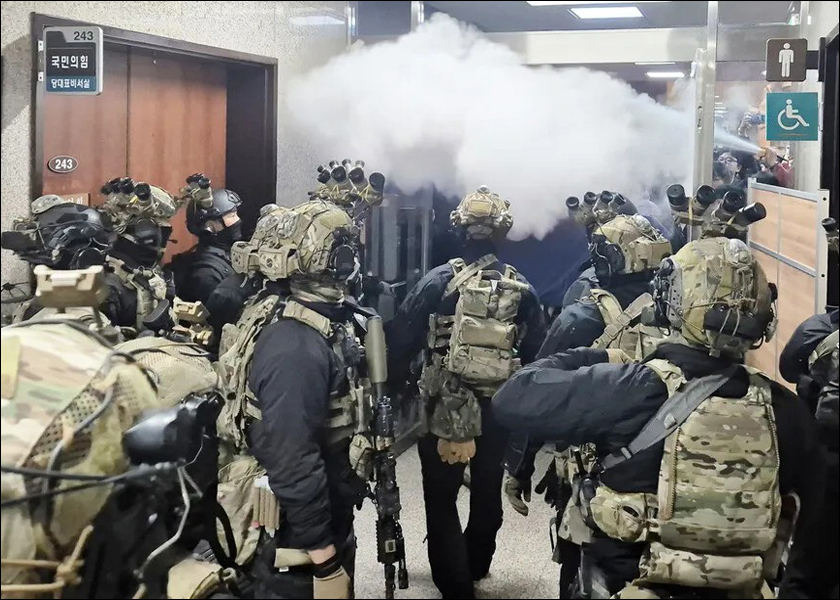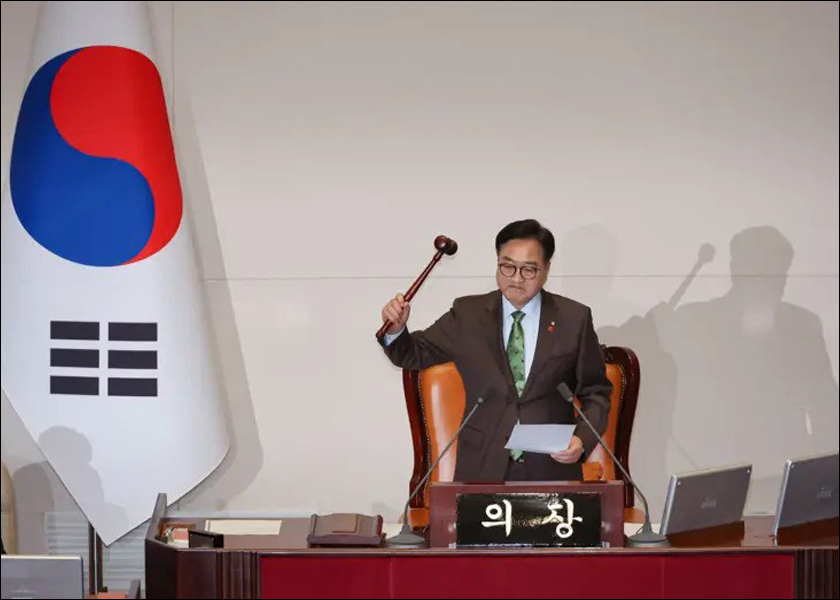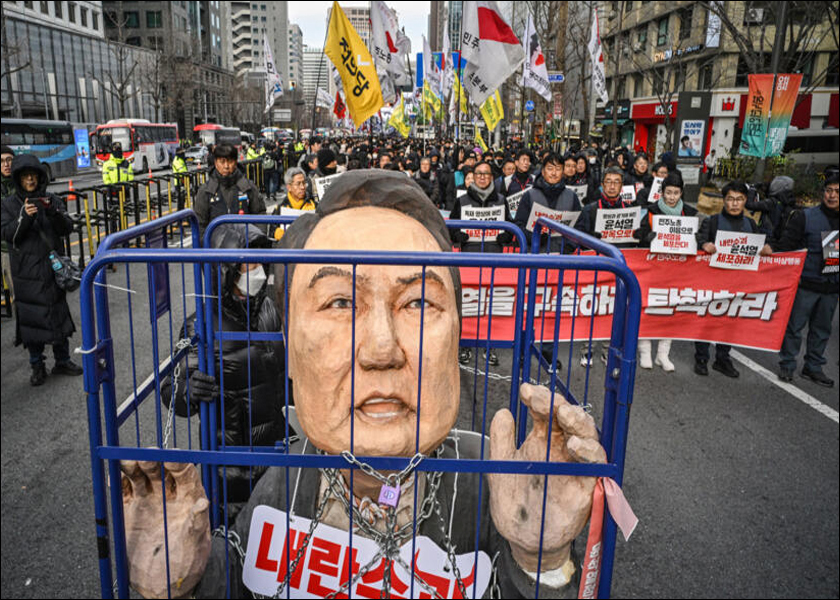A 2011 KQ essay reiterates the sticky issues plaguing the U.S. relationship with North Korea, then and now | By Jimmy Carter (Winter 2011 issue)
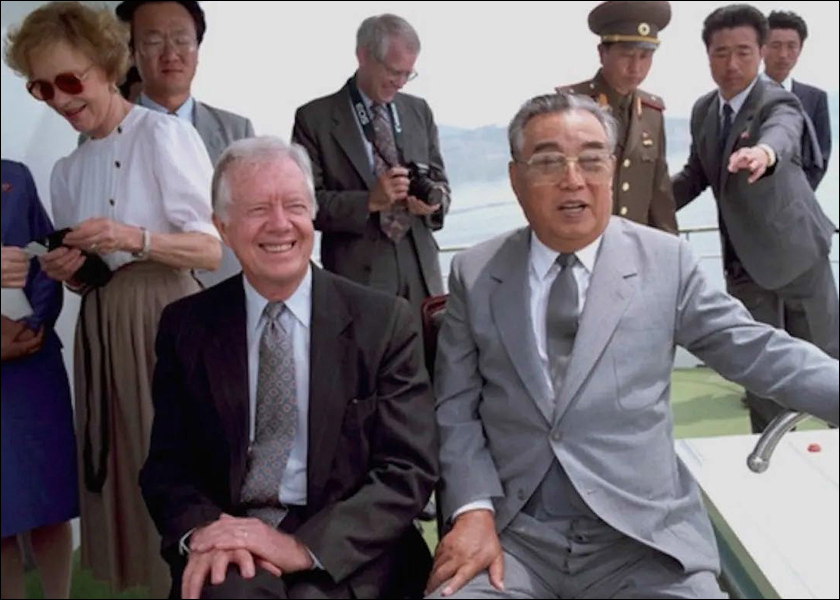
Editor’s note: As the 39th U.S. President Jimmy Carter is honored after his recent passing at age 100, we are reminded of his many distinguished accomplishments of his post-presidential era, one of which was as an unofficial U.S. envoy from the U.S. to both North Korea and South Korea. This essay, under the headline “The winding road to permanent peace: A short history of North Korea’s consistent message to the U.S.” from KQ’s Winter 2011 issue (available in original form in the KQ Archive), was written by Jimmy Carter after the former president was asked to consult with the North Korean leaders on its development of enriched uranium. The enriched uranium process was viewed as an infraction of the non-aggression agreements that came out of the Six Party Talks.
This very factual essay, which reads like an update from a diplomat, shows Carter’s skill at reading between the lines of the North Koreans’ acts of aggression, and noting that that nation’s behavior may be a thinly-veiled signal that “they deserve respect in negotiations that will shape their future.” At the end of the essay, Carter reiterates his belief that avoiding war will certainly require “a permanent peace treaty to replace the ‘temporary’ cease-fire of 1953,” a step that activists are still working to bring about in 2025, 14 years after Carter’s essay was first published.
No one can completely understand the motivations of the North Koreans, but it is entirely possible that their recent revelation of their uranium enrichment centrifuges and Pyongyang’s shelling of a South Korean island last November are designed to remind the world that they deserve respect in negotiations that will shape their future. Ultimately, the choice for the U.S. may be between diplomatic niceties and avoiding a catastrophic confrontation.
Dealing effectively with North Korea has long challenged the U.S. We know that the state “religion” of this secretive society is juche, which means self-reliance and avoidance of domination by others. The North’s technological capabilities under conditions of severe sanctions and national poverty are surprising. Efforts to display its military capability through the shelling of Yeongpyong Island and through weapons testing has provoked anger and a desire for retaliation. Meanwhile, our close diplomatic and military ties with South Korea impels us to comply with its leaders leaders’ policies.
The North has threatened armed conflict before. Nearly eight years ago, I wrote about how, in June 1994, President II Sung Kim expelled The International Atomic Energy Agency (IAEA) inspectors and proclaimed that spent fuel rods could be reprocessed into plutonium. Kim threatened to destroy Seoul if increasingly severe sanctions were imposed on his nation.
Desiring to resolve the crisis through direct talks with the U.S., Kim invited me to Pyongyang to discuss the outstanding issues. With approval from President Bill Clinton, I went and reported the positive results of these one-on-one discussions to the White House. Direct negotiations ensued in Geneva between a U.S. special envoy and a North Korean delegation, resulting in an “Agreed Framework” that stopped North Korea’s fuel-cell reprocessing and restored IAEA inspection for eight years.
With evidence that Pyongyang was acquiring enriched uranium in violation of the Agreed Framework, President George W. Bush — who had already declared North Korea part of an “axis of evil” and a potential target — made discussions with North Korea contingent on its complete rejection of a nuclear explosives program and terminated monthly shipments of fuel oil. Subsequently, North Korea expelled nuclear inspectors and resumed reprocessing its fuel rods. It has now acquired enough plutonium for perhaps seven nuclear weapons.
Sporadic negotiations over next few years among North Korea, the U.S., South Korea, Japan, China and Russia (the so-called Six Parties) produced, in September 2005, an agreement that reaffirmed the basic premises of the 1994 accord. Its text included denuclearization of the Korean Peninsula, a pledge of nonaggression by the U.S., and steps to evolve a permanent peace agreement to replace the U.S.-North Korean-Chinese cease-fire that has been in effect since July 1953. Unfortunately, no substantive progress has been made since 2005, and the overall situation has been clouded by North Korea’s development and testing of nuclear devices and medium-and long-range missiles, and military encounters with South Korea.
North Korea insists on direct talks with the U.S., while leaders in Pyongyang consider South Korea’s armed forces to be controlled from Washington and maintain that South Korea was not party to the 1953 cease-fire. Since the Clinton administration, our country has negotiated through the six-party approach, largely avoiding substantive bilateral discussions, which would have excluded South Korea.
This past July I was invited to return to Pyongyang to secure the release of an American, Aijalon Gomes, with the proviso that my visit would last long enough for substantive talks with top North Korean officials. They spelled out in detail their desire to develop a denuclearized Korean Peninsula and a permanent ceasefire, based on the 1994 agreements and the terms adopted by the Six Parties in September 2005. With no authority to mediate any disputes, I relayed this message to the State Department and White House. Chinese leaders indicated support of this bilateral discussion. North Korean officials have given the same message to other recent American visitors and have permitted access by nuclear experts to an advanced facility for purifying uranium. The same officials had made it clear to me that this array of centrifuges would be “on the table” for discussions with the U.S., although uranium purification -a very slow process, was not covered in the 1994 agreements.
Pyongyang has sent a consistent message that during direct talks with the U.S., it is ready to conclude an agreement to end its nuclear programs, put them all under IAEA inspection and conclude a permanent peace treaty to replace the “temporary” cease-fire of 1953. We should consider responding to this offer. The unfortunate alternative is for North Koreans to take whatever actions they consider necessary to defend themselves from what they claim to fear most: A military attack supported by the U.S. along with efforts to change the political regime.
The writer was the 39th president of the U.S. This op-ed was published Nov. 24, 2010 by The Washington Post. For more information, visit: Waging Peace. Fighting Disease. Building Hope. www.cartercenter.org

